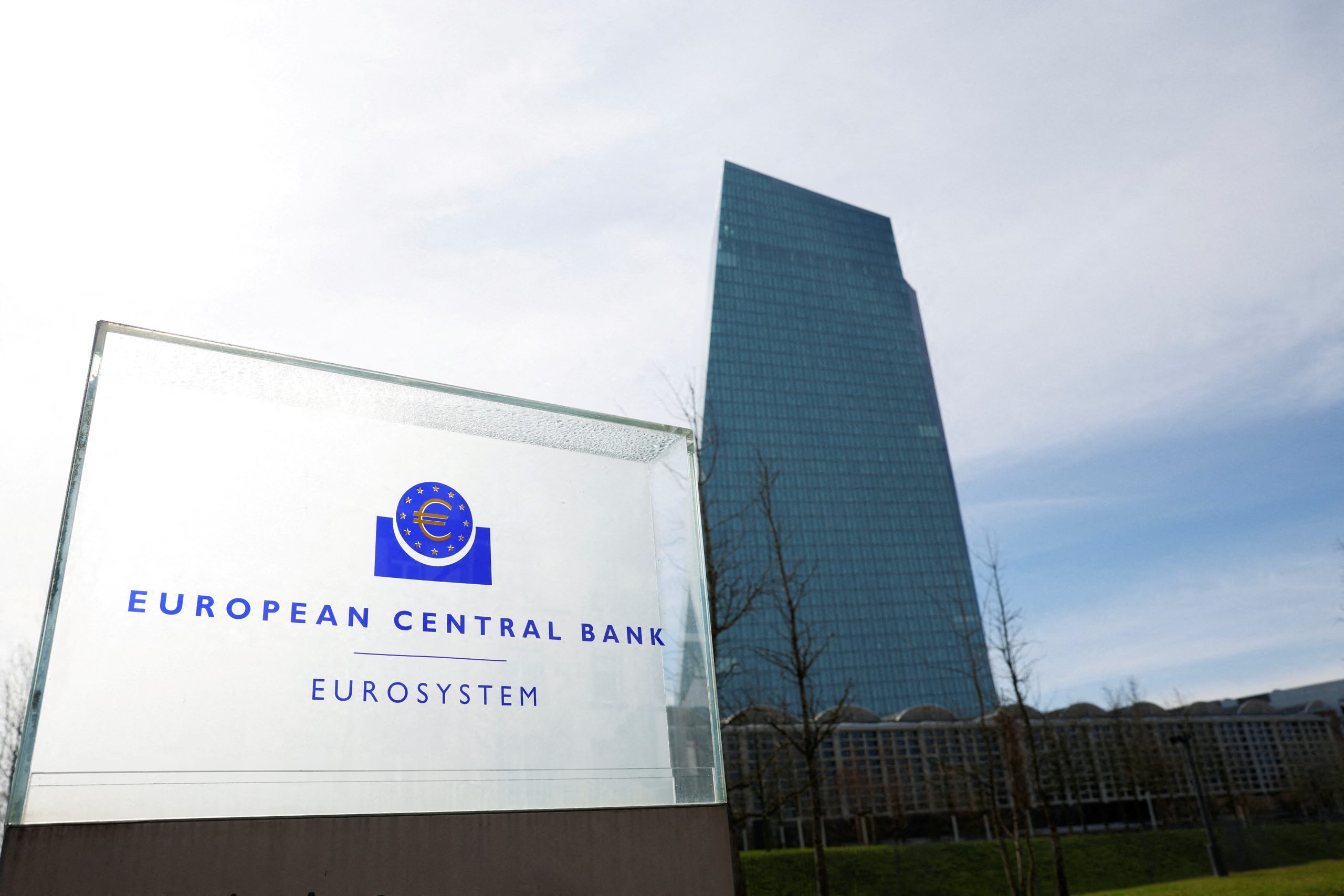Eurozone inflation edged up last month to the European Central Bank’s 2% target, confirming that the era of runaway prices is over and shifting policymaker focus to trade war-induced economic volatility.
Inflation in the 20 nations sharing the euro currency crept up to 2.0% in June from 1.9% a month earlier, in line with expectations in a Reuters poll of economists, as energy and industrial goods continued to pull down prices, offsetting quick services inflation.
Underlying inflation, a closely watched measure that excludes volatile food and fuel prices, meanwhile held steady at 2.3%, in line with expectations.
Anticipating this fall, the ECB has lowered interest rates from record highs by two full percentage points over the last year, and debate has turned to whether it needs to ease policy further to prevent inflation becoming too low given weak growth.
The development in services costs, which have been stubbornly high for years, is pivotal as it has raised fears that domestic inflation could get stuck above 2%.
Last month, services inflation edged up to 3.3% from 3.2%, as prices rose 0.7% on the month, supporting the argument of policy hawks that domestic inflation remains uncomfortably high, reducing the risk of undershooting.
Financial investors expect one more ECB rate cut to 1.75% towards the end of the year, then anticipate a period of steady rates before possible increases towards the end of 2026.
The outlook, however, is complicated by the fact that it depends on the outcome of a trade dispute between the EU and US President Donald Trump’s administration.
Indeed, the eurozone’s economy is barely growing, with full-year expansion expected at less than 1%, as industry struggles after a multi-year recession, with private consumption weak and investment low.
If US trade barriers stay, the EU is likely to retaliate and that is bound to be inflationary. Firms will then start rearranging value chains, which would add to increased production expenses.
Despite roiling financial markets and global supply chains, Donald Trump’s tariffs have also contributed to an easing of price pressures across the euro area.
The volatility of Trump’s policy-making has caused the euro to strengthen significantly against the dollar since the start of the year, thus lowering the price of imports into the single currency area.
Expectations that US duties could trigger a global recession have caused oil prices to fall. Cheap Chinese exports being redirected to Europe are also likely to aid the disinflationary process, according to analysts.
